Navigating the world of e-bikes involves understanding numerous components, one of the most crucial being tire pressure. Maintaining the optimal e-bike tire pressure not only ensures a smooth and efficient ride but also extends the lifespan of your tires and reduces the risk of punctures.
This guide explores the significance of tire pressure for e-bikes, delves into the various factors that can affect it, and provides practical tips on how to maintain the ideal pressure for your rides. Read on to learn all the insights!

Why Is Tire Pressure So Important for E-Bikes?
Tire pressure is a pivotal aspect of ebike maintenance that significantly influences the overall riding experience. Here's why e-bike tire pressure is so critical:
Ride Comfort and Handling
Properly inflated tires provide a cushioned and smooth ride, absorbing shocks and vibrations from the road. This not only enhances comfort but also improves handling and control, especially on uneven terrain. Under-inflated tires can feel sluggish and unstable, while over-inflated tires can lead to a harsh and bumpy ride.
Rolling Resistance and Battery Efficiency
The rolling resistance of your e-bike tires directly impacts the energy required to propel it forward. Under-inflated tires increase the surface contact with the road, leading to higher rolling resistance and additional friction. This increased resistance forces your e-bike to use more energy to move forward, thus draining the battery more quickly and reducing the range of your e-bike. By maintaining optimal tire pressure, you minimize rolling resistance, which helps conserve ebike battery power and enhances the overall efficiency of your ride.

Puncture Protection
Riding with the correct tire pressure decreases the likelihood of punctures, ensuring a safe and uninterrupted ride. Overinflated tires are more prone to damage from sharp objects, while underinflated tires can cause pinch flats, or "snake bites," where the inner tube gets pinched between the rim and the tire.
Tire Wear and Longevity
Incorrect tire pressure can accelerate tire wear and tear. Under-inflated tires wear unevenly, with the sidewalls experiencing excessive stress. This can lead to premature tire failure and the need for early replacement. Over-inflated tires, on the other hand, wear out faster in the center tread, reducing their overall lifespan. Maintaining optimal e-bike tire pressure ensures even wear and maximizes tire longevity.

Factors That Affect Tire Pressure
Several external and internal factors influence the ideal e-bike tire pressure. Understanding these factors is key to finding the perfect pressure for your specific needs and riding conditions. Let's take a closer look:
- Rider Weight: The weight of the rider is a significant factor in determining the correct e-bike tire pressure. Heavier riders require higher tire pressure to support their weight and maintain optimal performance. Lighter riders can generally use lower tire pressure for a more comfortable ride.
- Tire Size and Type: Different tire sizes and types have varying optimal pressure ranges. Refer to the tire manufacturer's recommendations, usually printed on the sidewall of the tire, for the recommended minimum and maximum pressure.
- Terrain and Riding Conditions: The type of terrain you ride on also affects the ideal tire pressure. For smooth roads, higher e-bike tire pressure is generally recommended to minimize rolling resistance. However, for off-road trails or rough terrain, lower pressure can provide better traction and control. Similarly, in wet or slippery conditions, slightly lower pressure can improve grip.
- Temperature Changes: Tire pressure can vary significantly with temperature fluctuations. Generally, air expands when heated and contracts when cooled. For every 10°F change in temperature, tires can lose or gain 1 PSI (pound per square inch). This means that tire pressure can decrease in colder weather and increase in warmer conditions, making it essential to adjust your tire pressure with seasonal changes.
- Personal Preference: Ultimately, personal preference plays a role in determining the ideal e-bike tire pressure. Some riders prefer a firmer ride with higher pressure for better responsiveness, while others prioritize comfort and opt for slightly lower pressure.

How to Get the Best E-Bike Tire Pressure
Now that we understand the importance of e-bike tire pressure and the factors that influence it, let's explore how to find the perfect pressure for your e-bike:
- Check the Tire Sidewall: The sidewall of your tire is a valuable source of information. It typically displays the recommended minimum and maximum pressure in PSI (pounds per square inch) or bar. This is a good starting point for finding the ideal e-bike tire pressure.
- Consider Your Weight and Riding Style: If you are a heavier rider or prefer a firmer ride, start with the higher end of the recommended tire pressure range. Conversely, if you are a lighter rider or prioritize comfort, start with the lower end of the range.
- Adjust for Terrain and Conditions: If you primarily ride on smooth roads, stick to the higher end of the pressure range. For off-road trails or rough terrain, lower the pressure by a few PSI for better traction. In wet or slippery conditions, consider reducing the pressure slightly to improve grip.
- Experiment and Fine-Tune: The best way to find the perfect e-bike tire pressure is to experiment and fine-tune based on your personal preference and riding experience. Start with the recommended pressure and adjust it incrementally, noting how it affects the ride comfort, handling, and performance.
- Check Regularly and Inflate as Needed: Tire pressure naturally decreases over time due to air seepage. Check your e-bike tire pressure regularly, ideally before every ride, and inflate as needed to maintain the desired pressure. Buy a good pressure gauge to get correct readings.

Conclusion
Maintaining the correct e-bike tire pressure is vital for ensuring safety, efficiency, and durability of your ride. By understanding the factors that affect tire pressure and employing the tips provided on how to achieve the best e-bike tire pressure, you ensure a smoother, more reliable riding experience. Always remember to check your tire pressure regularly and adjust as needed to suit your riding conditions and weight requirements. A well-maintained e-bike is your ticket to the best possible performance on any terrain.
FAQ
What is the best tire pressure for fat tire e-bikes?
The optimal tire pressure for fat tire e-bikes typically falls within the range of 8 to 25 PSI (pounds per square inch), depending on factors such as rider weight, terrain, and desired ride comfort.
What happens if my tire pressure is too low?
If your tire pressure is too low, you risk increased susceptibility to flats, reduced efficiency, decreased stability, potential rim damage, and excessive tire wear.
Does tire type affect the ideal tire pressure?
Yes, tire type does affect the ideal e-bike tire pressure, with factors such as tire width, construction, and intended use influencing the recommended pressure range.


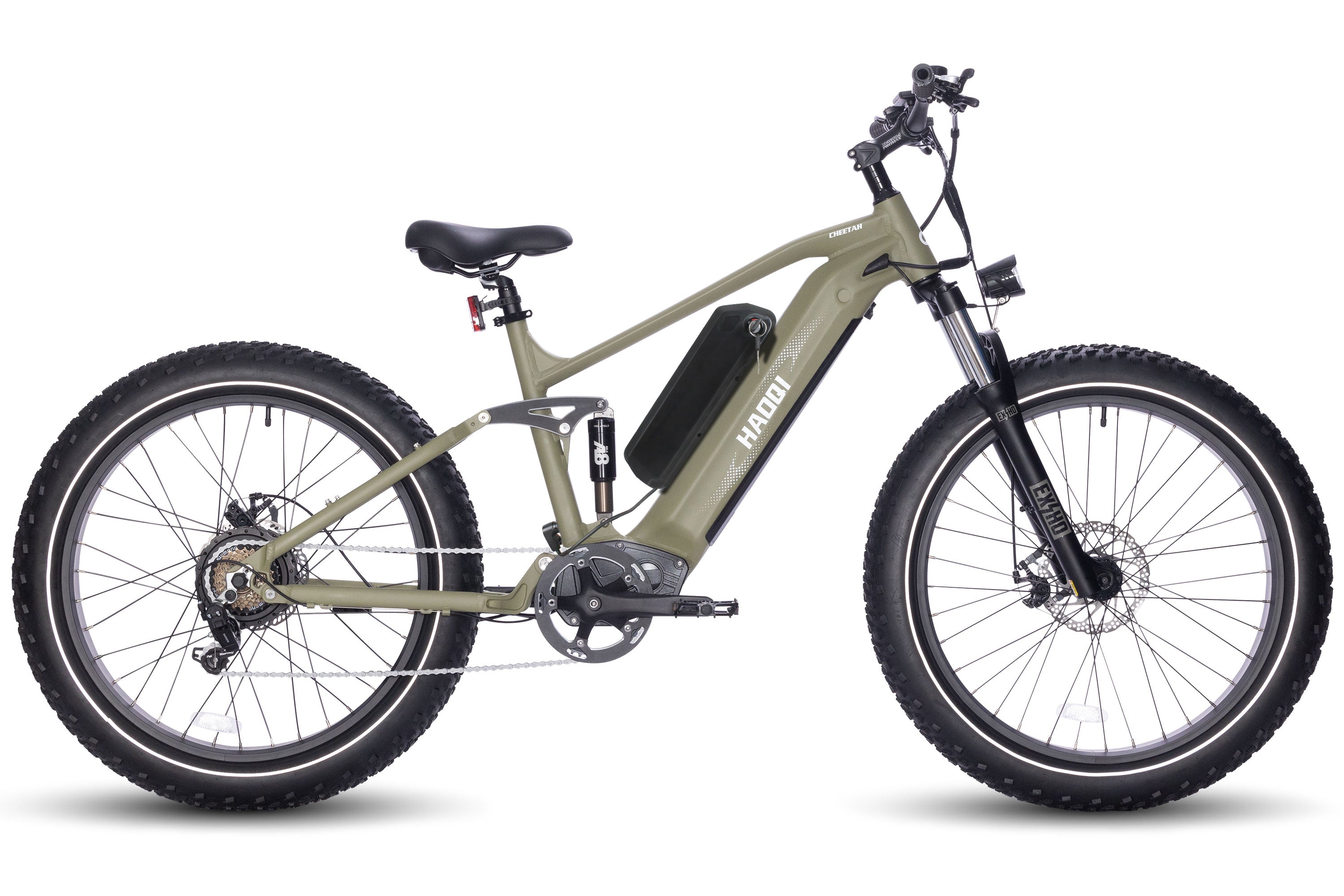
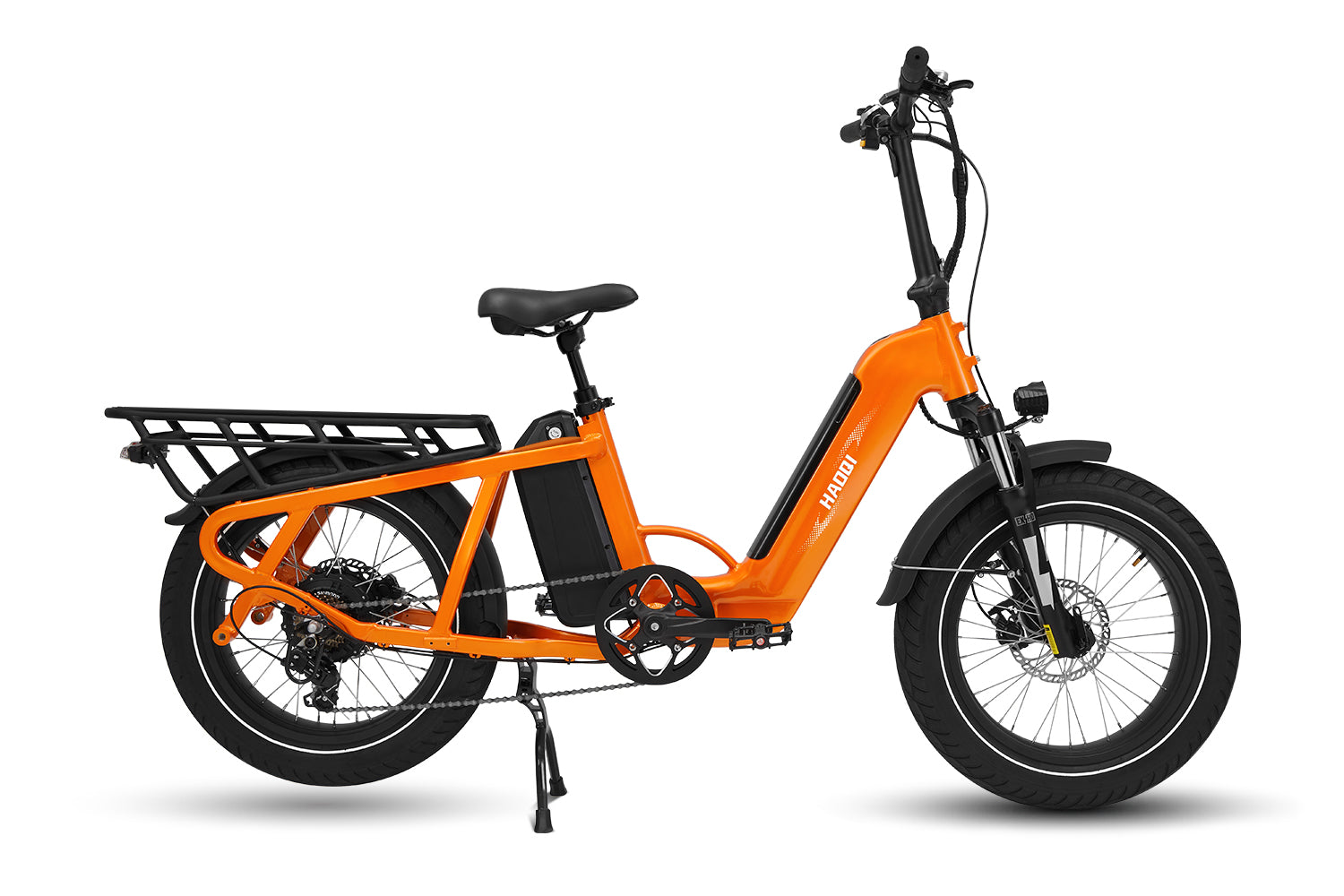
![HAOQI Black Leopard Pro Fat Tire Electric Bike (UL Certified) [electric bike] [HAOQI ebike]](http://haoqiebike.com/cdn/shop/files/20230327-133156_6d5b0909-1e85-4b65-8e89-3a2baac6bef0.jpg?v=1760490343&width=1500)
![HAOQI White Leopard Pro Step Thru Electric Bike (UL Certified) [electric bike] [HAOQI ebike]](http://haoqiebike.com/cdn/shop/products/haoqi-white-leopard-step-thru-electric-bike-haoqiebike-com-1.jpg?v=1687856892&width=1500)
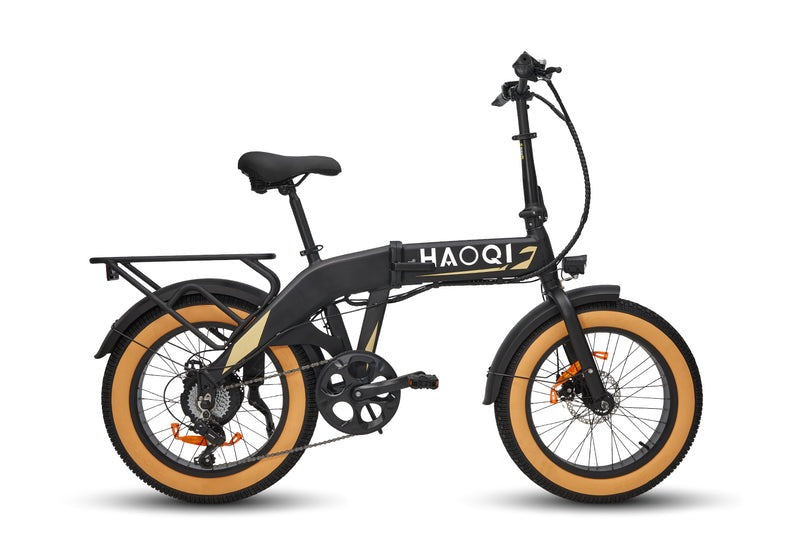
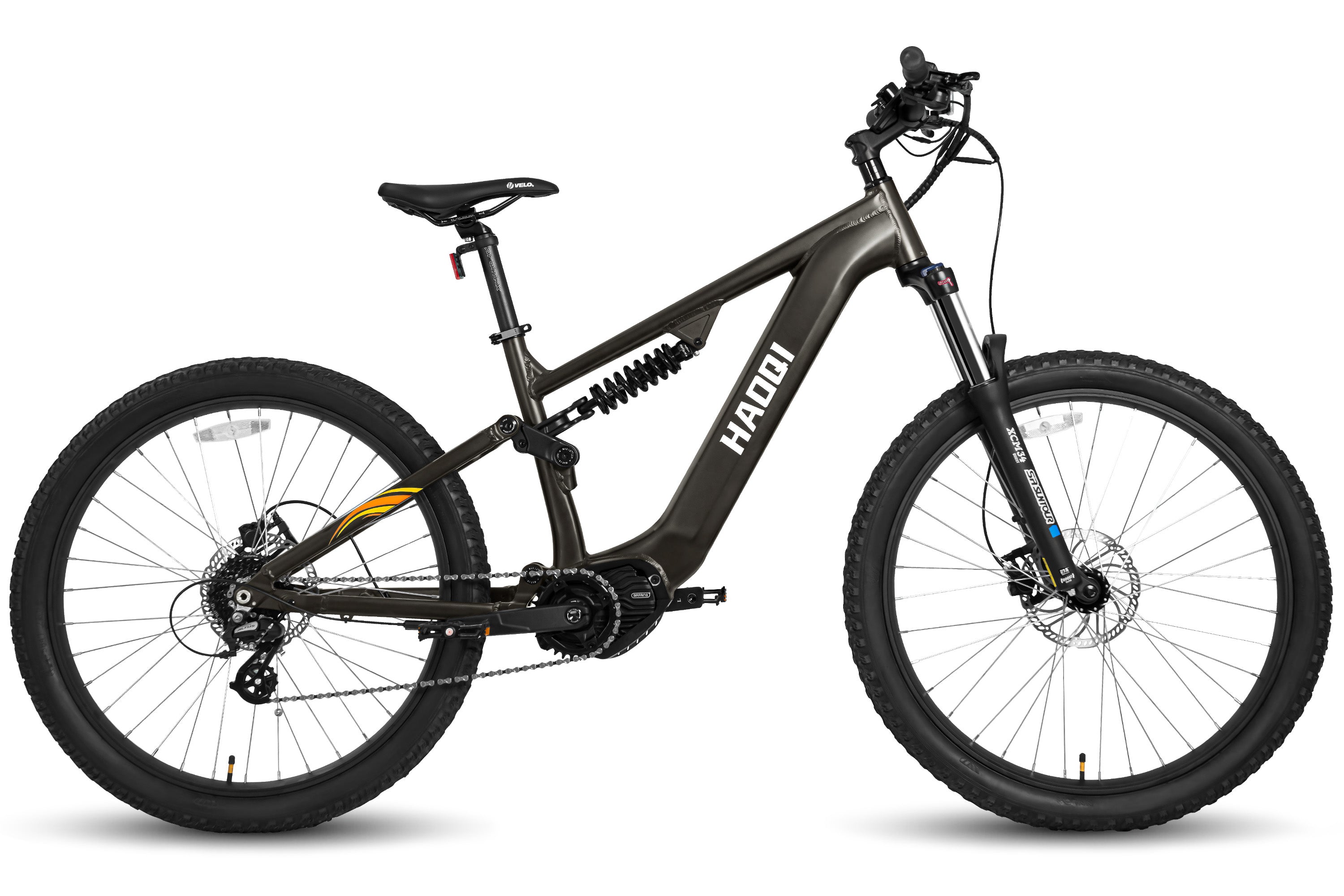
![HAOQI Eagle Long Range Electric Bicycle (UL Certified) [electric bike] [HAOQI ebike]](http://haoqiebike.com/cdn/shop/files/2_bf7ae46b-aad6-472a-9c14-d56ca3f0feb6.jpg?v=1755142722&width=1500)
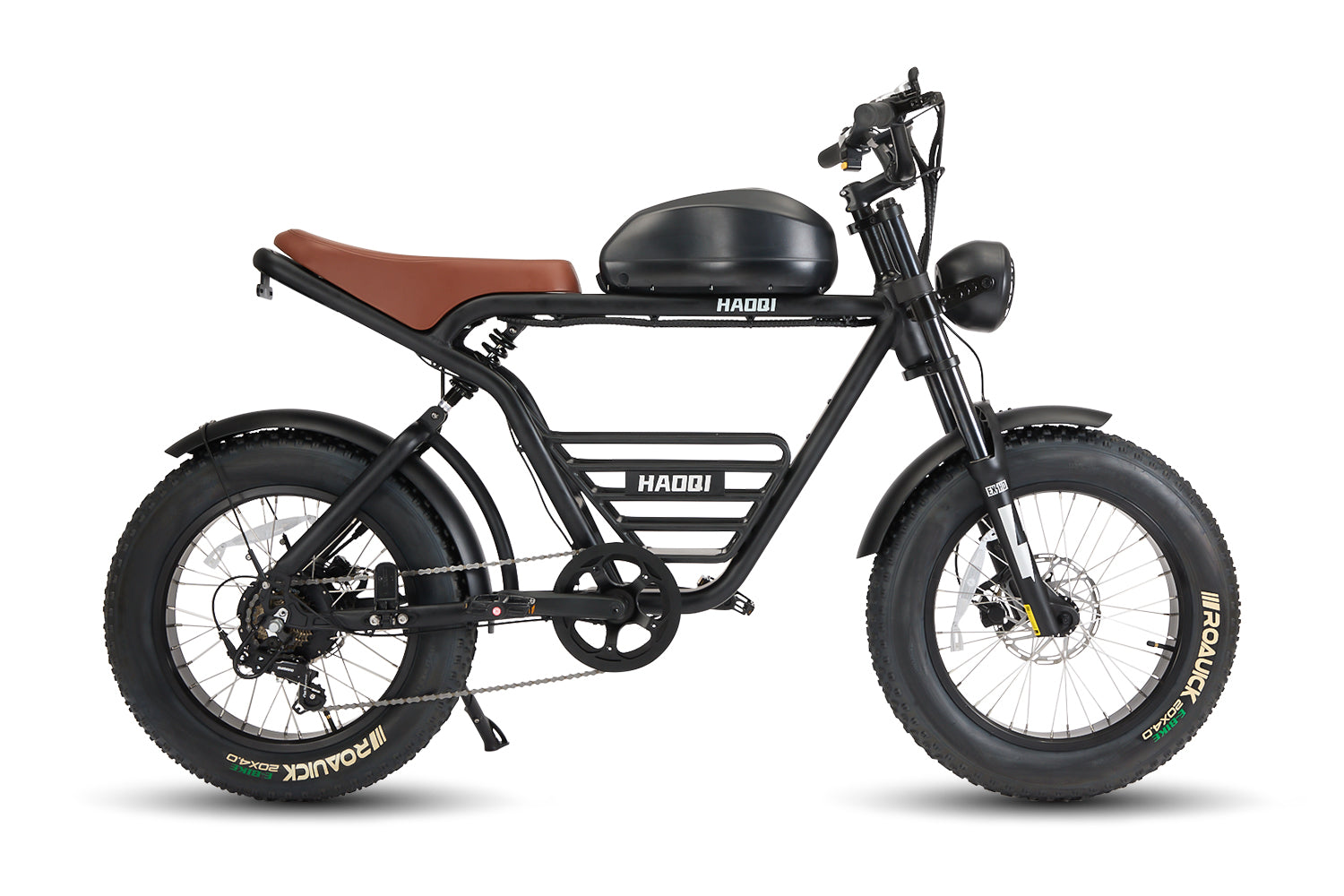
![HAOQI Antelope Pro 750W Cargo Electric Bike (UL Certified) [electric bike] [HAOQI ebike]](http://haoqiebike.com/cdn/shop/products/haoqi-antelope-pro-cargo-electric-bike-with-dual-battery-750w-haoqiebike-com-1.jpg?v=1751610204&width=1500)
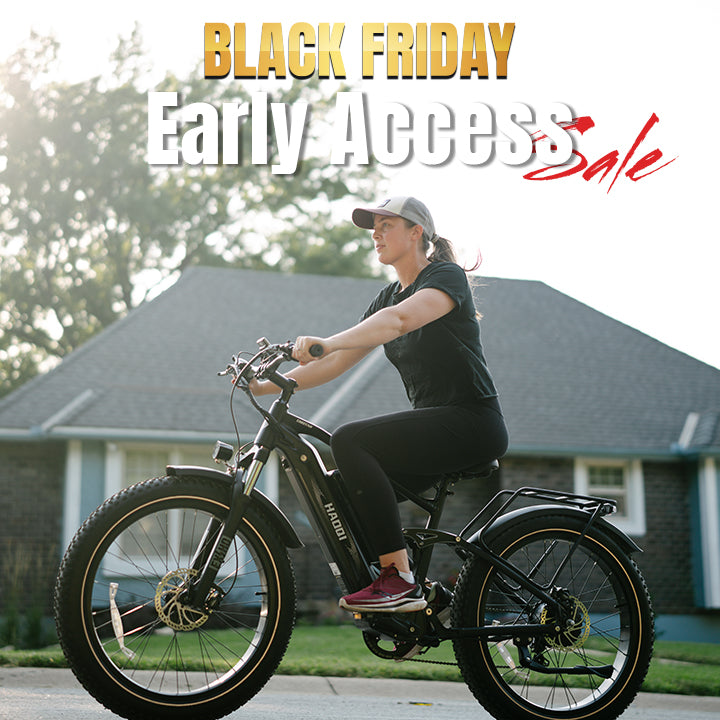



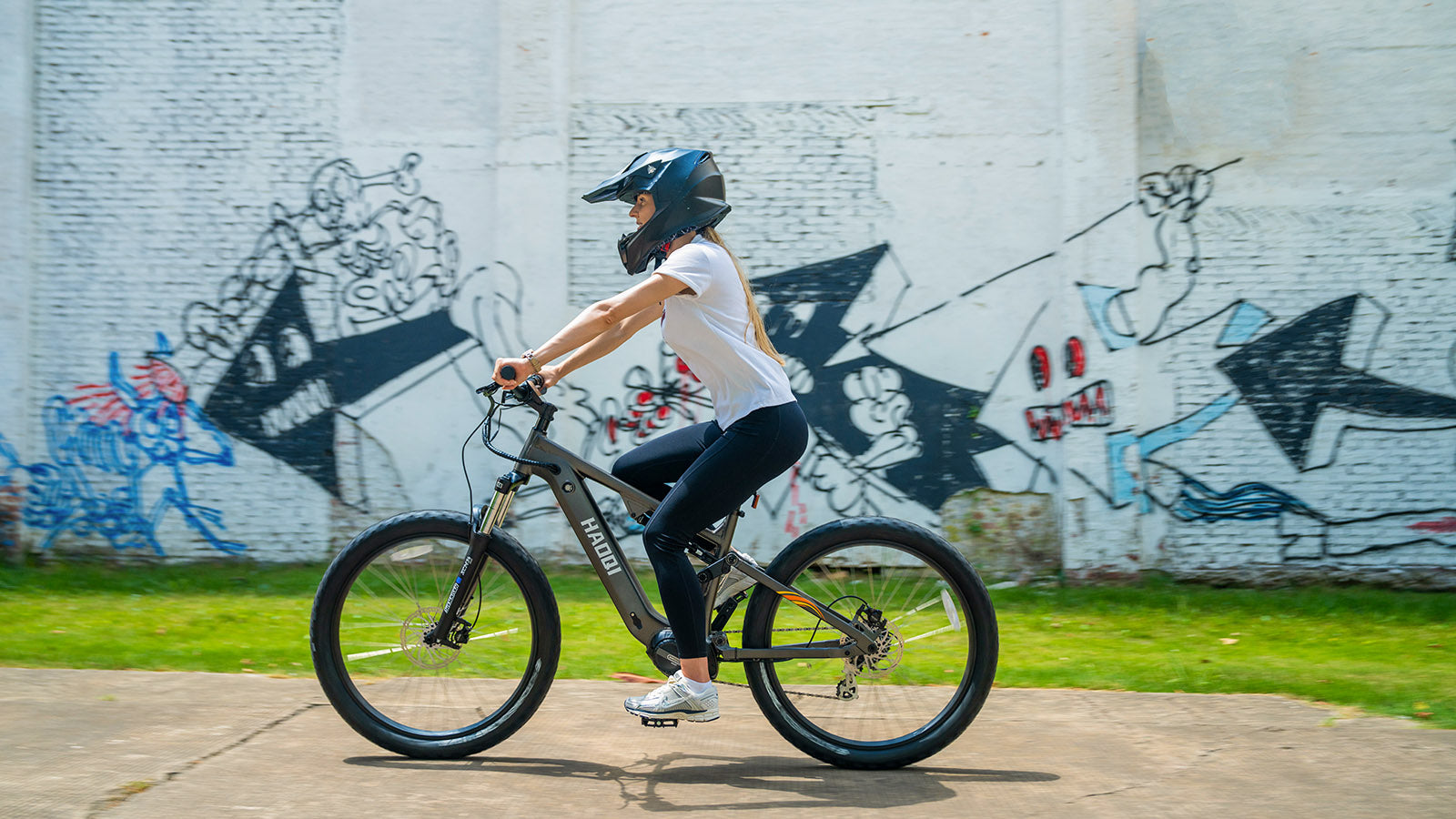




Leave a comment
This site is protected by hCaptcha and the hCaptcha Privacy Policy and Terms of Service apply.